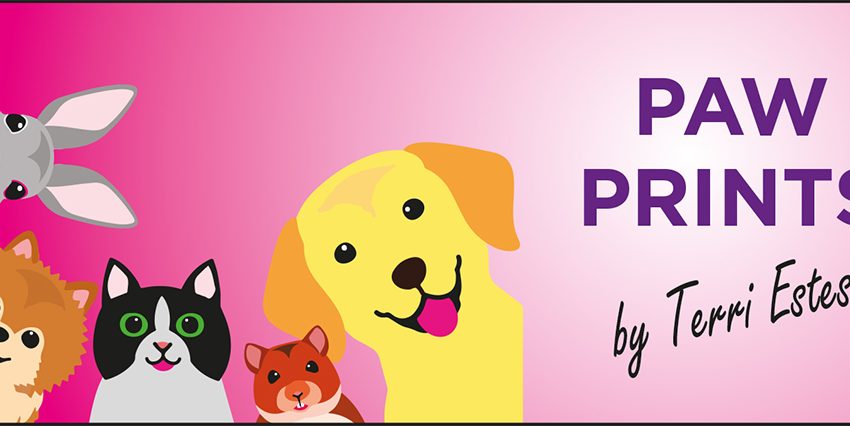THE THOROUGHBRED

By Terri Estes
There are many breeds of horses, but the thoroughbred is the breed that most of us are familiar with. This is the only breed that is allowed to race on the racetracks throughout our country and abroad. This is the breed of horse that gives us the thrill at the finish line in the Kentucky Derby. These horses are registered, and their bloodlines are proven. They are sleek, agile and graceful, and their beauty can take your breath away.
There are hundreds of different breeds of horses. You have the draft horses, also known at the cold-blooded breeds. These are the giants of the horse world, the workers. Clydesdales, Shires, Belgians and Percherons are examples of cold bloods. They have been bred for their size and strength. These are the breeds that work the farms. These are the gentle giants that have aided humans to build cities and railroads all over the world for centuries. You also have warm bloods. These types of horses were bred for riding and showing. Many European countries, through selective breeding, created warm blood breeds to carry their armies. They were crossed with cold blooded horses and, hot-blooded horses to produce balanced, athletic versatile horses. Some examples of warm bloods are Trakehners, Hanoverians, Dutch Warmbloods and Holsteins.
The hot-blooded breeds are the speed demons of the world. The Thoroughbred falls into this category. They tend to be more sensitive and more spirited than other breeds. They also tend to be more refined, with slender legs and strong hooves, which contribute to their speed and agility. This makes them well-suited for high-performance activities such as horse racing.
Thoroughbreds are intelligent, quick learners. They become sensitive to their riders’ cues, and, in general, have a very willing attitude. Many thoroughbreds who have failed as racehorses excel in new careers as show horses, pleasure horses and even police mounts. Some racehorses never get the chance to learn a new career and are discarded or sold to slaughterhouses if they don’t earn their keep on the racetrack. Keeping and training racehorses is very expensive, and there are some unscrupulous owners and trainers who don’t take the responsibility to protect the animals in their care, in order to save themselves money. The good news is the proper and humane treatment of retired racehorses has gained increased attention in recent years. Many organizations in the equestrian world are making efforts to promote responsible ownership, retraining and rehoming these magnificent animals. On a personal note, one of the best horses I ever had was an ex-racer named The Full Monty. Monty was a big athletic thoroughbred with a heart of gold. He could jump the moon or give a pony ride to a little kid.
The most famous racehorses are Secretariat, Man o’ War and Seabiscuit. Each of these horses have wonderful books written about them, but my favorite was definitely “Seabiscuit” by Laura Hillenbrand. Man o’ War and Secretariat are probably the most talented horses to ever set foot on a track. They were also large and imposing and quite pleasing to the eye. Seabiscuit, on the other hand, was smaller, standing only around 15.2 hands. He had a compact, muscular physique and his conformation was unconventional for a racehorse. Because of his flaws, he was considered an underdog, and somehow, he captured the hearts of America and gave them hope during the Great Depression. If you get the chance, I suggest reading this book! Yes, I know they made a movie, but the book is so much better. The book is always better!


